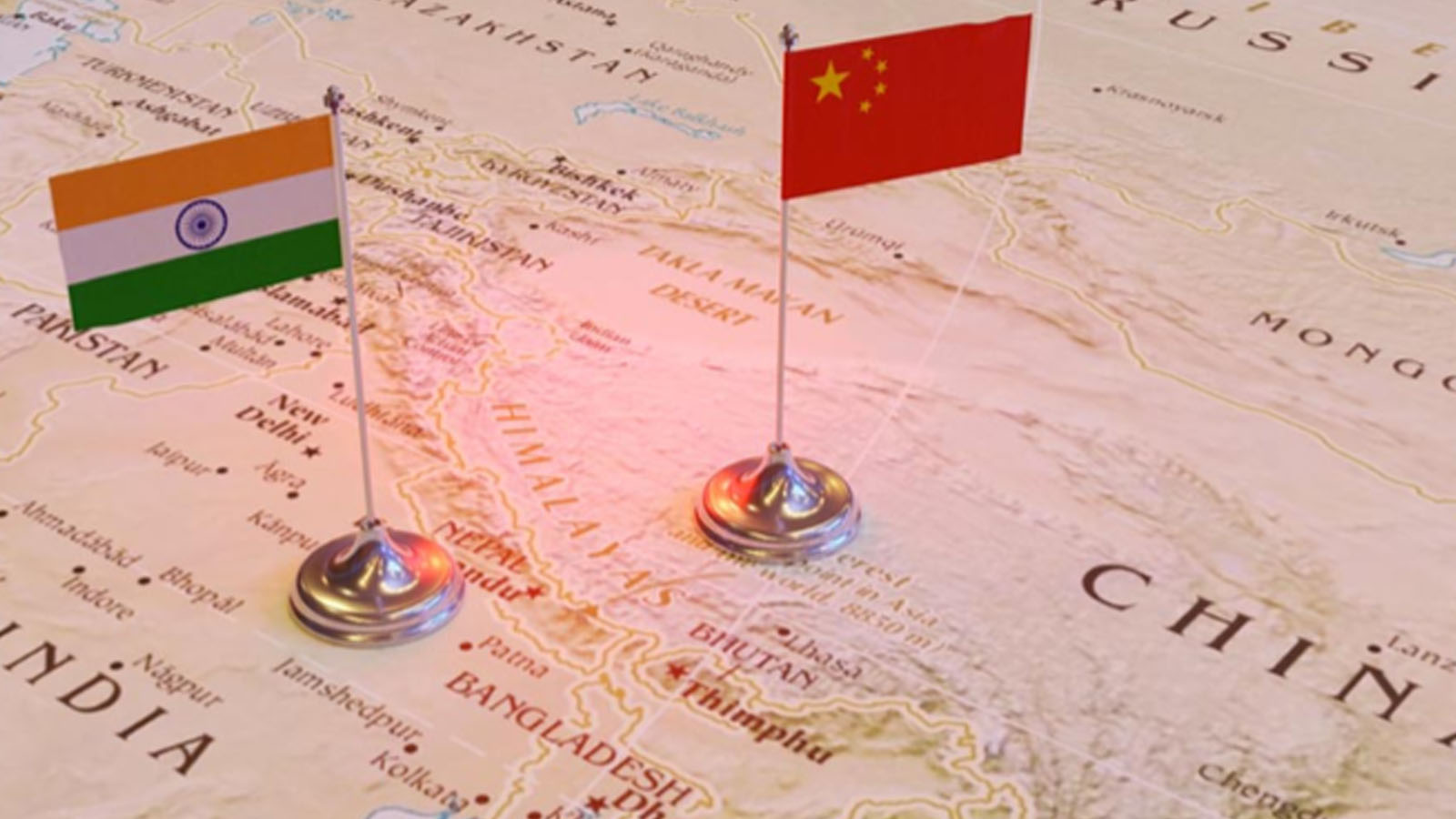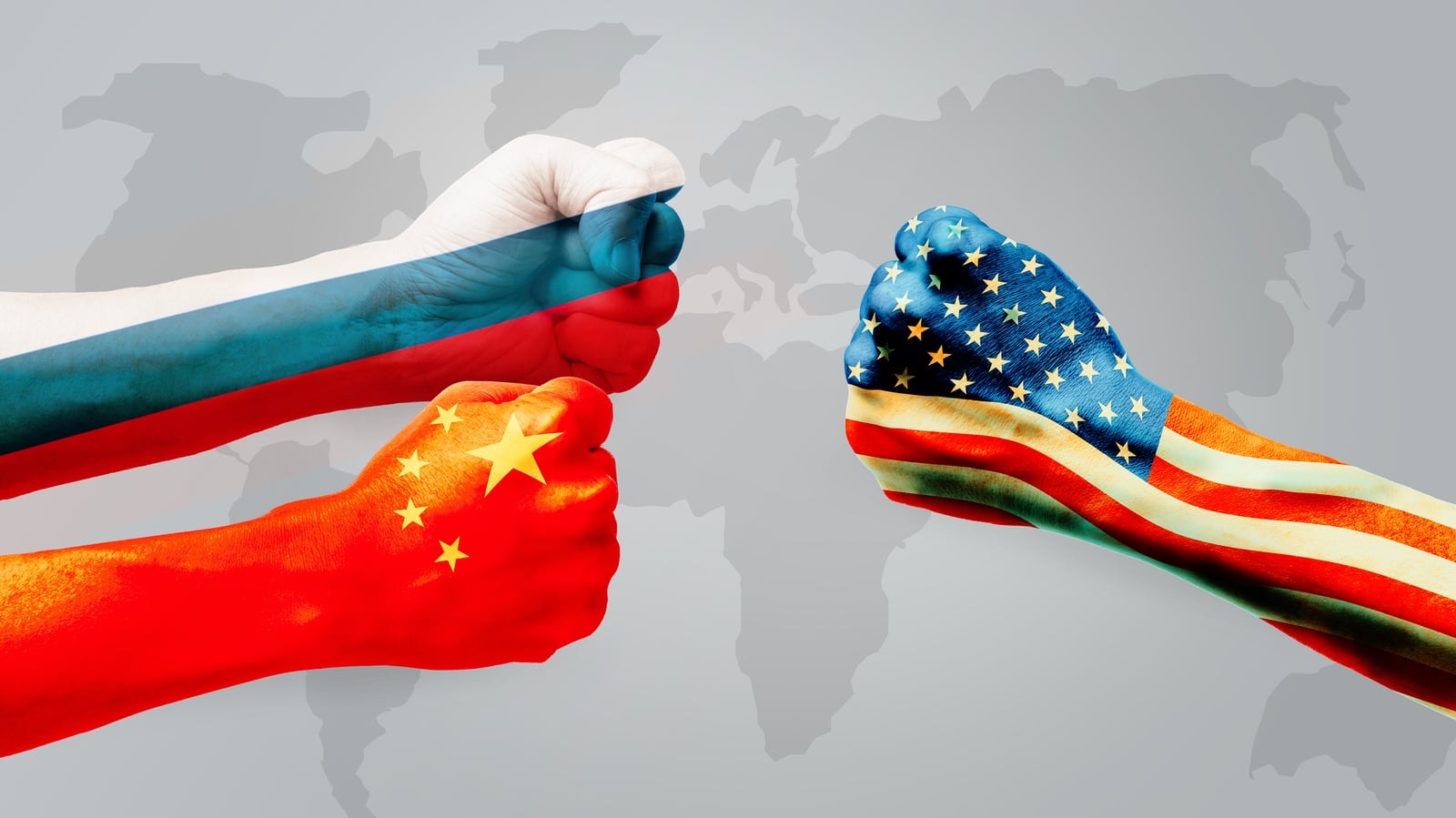With things escalating in south East China coupled with strained ties with India, China has opened itself for a two front challenge. Though it may not lead to a full military scale operation but will definitely become a litmus test for China as well as India. This article discusses recent trends in the Sino-India relationship and possible course of actions expected from both the countries.
China is known to frequently coerce India Militarily by violating the earlier Border agreements that these two countries have agreed to. Whenever there is an incursion, it is followed by peace talks ,always initiated by India, and a new agreement which is drafted mostly on China’s terms. Thereby pushing India to accept a new status quo. Though India has made efforts to settle questions on LAC, China has intentionally avoided it. So far, the border agreements were only about maintaining a status quo and cooperation limited only to confidence building measures. Even during the bilateral talks China carefully refrain from finding a solution for the border issue and limit the talks to economy and trade.
Post Galwan trend
Post 2020 Galwan clashes, there is evidently a shift in India’s approach in framing its foreign policy with respect to China. India has moved away from its usual ways of finding a solution, that is through diplomacy. By internationalizing the LAC issue, India has clearly sent a message that it is no longer in a mood to appease China (as perceived by the West). Also, India’s alignment towards the west is now witnessed through its engagement with Taiwan. India so far has maintained a cautious restraint on the issue but recently in 2022 India has raised its concerns regarding the development in the Taiwan strait. India’s increased economic ties with Taiwan is also noteworthy to gauge the former’s alignment towards the west, thereby widening its bargaining power.
China and India – Course of actions
Though a military action is not expected in the short term, neither at Sino-India border nor in Taiwan, Beijing would prepare itself for a series of incidents to happen in the next two decades. Even though it is still militarily and economically superior to India, Beijing has to realize that conflict with India is no more a zero-sum game.
A stable and peaceful neighbourhood is essential for India to consolidate its economic strength for a decade ahead. This economic strength is crucial for India to rise as a regional power and to strive for power symmetry with China. In turn China may try all the means to destabilize India and keep India back on the fence as usual and let the latter not align further with the west. More coercion from the Chinese side on the Indian border is expected, but China cannot continue doing it beyond a point as it has other things to consider.
India has to capitalize the economic slump in China and attract more investment towards it. For this to happen India should not put the fire off and maintain a strained relationship with China. This will ensure more favours from the west, mainly economic. Considering the above points, it is seen that for the first time in history, India is trying to draft China’s foreign policy as it is usually the other way around.




very niccce